Rahul Vohra’s path to founding Superhuman, a productivity-enhancing email client, is a story of perseverance, learning from feedback, and a deep commitment to solving user problems. His journey, which started with a passion for technology and led to creating a product loved by high-performing professionals, offers countless lessons for entrepreneurs today.
In this blog, we’ll take an in-depth look at the entire journey: from Rahul’s early ventures, his startup struggles, the advice he received along the way, and the strategies that helped him scale Superhuman to $30 million in annual recurring revenue (ARR).
Suprhuman – https://superhuman.com/
Rahul Vohra (Instagram) – @rahulvohra
Rahul Vohra (X) – https://x.com/rahulvohra

The Early Days: Rahul’s Passion for Technology
Rahul’s Background and Tech Enthusiasm
From an early age, Rahul Vohra was captivated by technology and its potential to simplify and solve complex problems. His journey as an entrepreneur started with smaller projects where he honed his skills in coding and product design. These early experiments laid the foundation for Rahul’s deep understanding of user experience, which would later become a defining element of his success.

First Venture: Building Rapportive
Rahul’s first major entrepreneurial breakthrough came with Rapportive—a Gmail plugin that displayed social media information inside email threads, allowing users to see the LinkedIn, Facebook, or Twitter profile of the person emailing them. This innovation provided users with valuable context about the people they were communicating with, helping them build relationships more effectively.

Rapportive’s Product Development
Rapportive was designed with simplicity and functionality in mind. Rahul and his co-founders focused heavily on user experience, constantly gathering feedback from early adopters to refine the product. This feedback loop was essential in building a tool that felt both familiar and transformative to Gmail users.
The Acquisition by LinkedIn
Attracting the Attention of LinkedIn
Rapportive became hugely popular among Gmail users, with over 60,000 downloads in its first few weeks. This early success didn’t go unnoticed by the tech giants, and in 2012, LinkedIn acquired Rapportive for an estimated $15 million. This acquisition marked Rahul’s first big success as an entrepreneur, giving him both financial security and credibility in Silicon Valley.
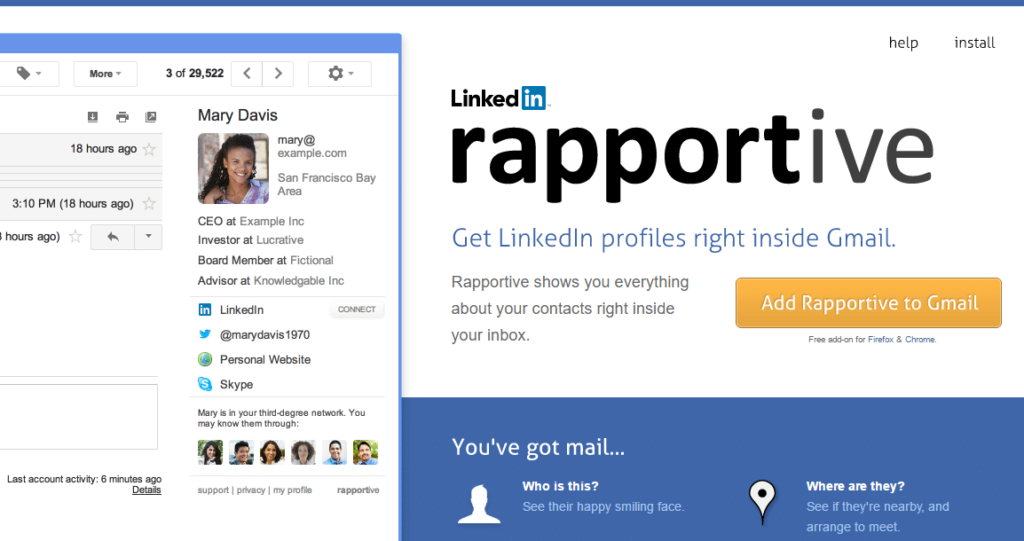
Post-Acquisition Phase
After the acquisition, Rahul stayed with LinkedIn for a while to oversee the integration of Rapportive into LinkedIn’s broader product suite. However, his passion for creating innovative solutions wasn’t fully realized. Rahul felt there was still a lot of room for innovation in the world of email productivity. This feeling ultimately led him to leave LinkedIn and embark on his next venture.
The Birth of Superhuman

Identifying a New Problem
Following the success of Rapportive, Rahul reflected on the overall state of email management. He noticed that while Rapportive added significant value, the core problem of email overload still persisted. Professionals, especially power users like CEOs, VCs, and executives, were spending hours each day managing their inboxes, often feeling overwhelmed by the sheer volume of emails.
This insight became the foundation for Superhuman, an email service built for speed, efficiency, and control. Rahul wanted to create something beyond just another Gmail extension; he aimed to deliver a product that would make email not just faster, but more enjoyable.
Conceptualizing Superhuman
Rahul envisioned Superhuman as the email experience of the future. He didn’t want to merely improve Gmail—he wanted to reinvent email. Superhuman would focus on speed, allowing users to process their emails in record time, thus freeing them up for more valuable tasks. Every detail, from the interface to the core functionality, would be engineered to optimize performance.
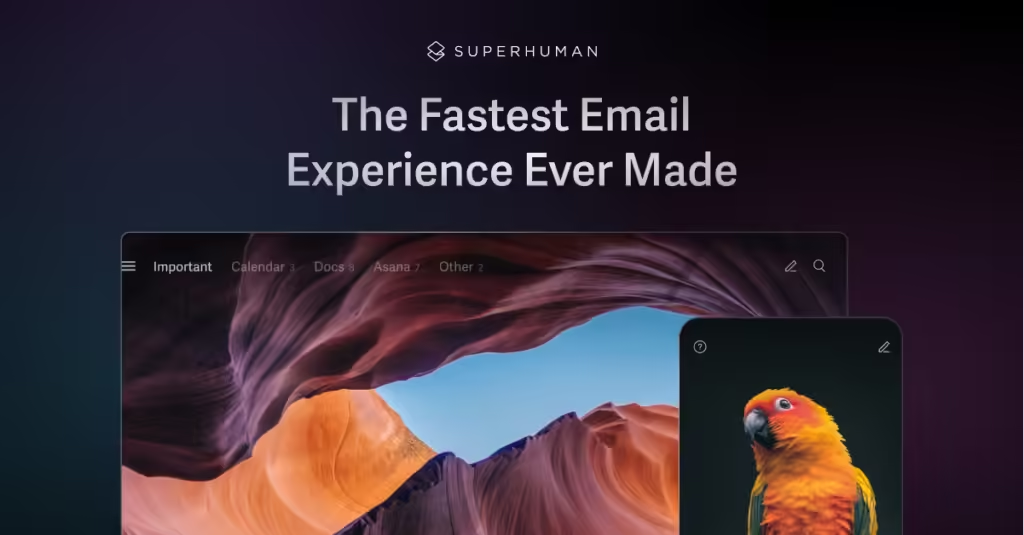
Product Development: Crafting the Perfect Experience
Obsession with User Feedback
One of the defining aspects of Rahul’s approach to product development was his obsession with user feedback. He conducted hundreds of user interviews, asking in-depth questions about how people interacted with their inboxes, what frustrated them, and what would make their experience better.
Rahul used a method called 100 Interviews to gather this feedback. He would interview users until he could predict their answers, ensuring that he had a complete understanding of their pain points. This constant feedback loop allowed Rahul and his team to refine Superhuman into a product that truly addressed the needs of its target users.
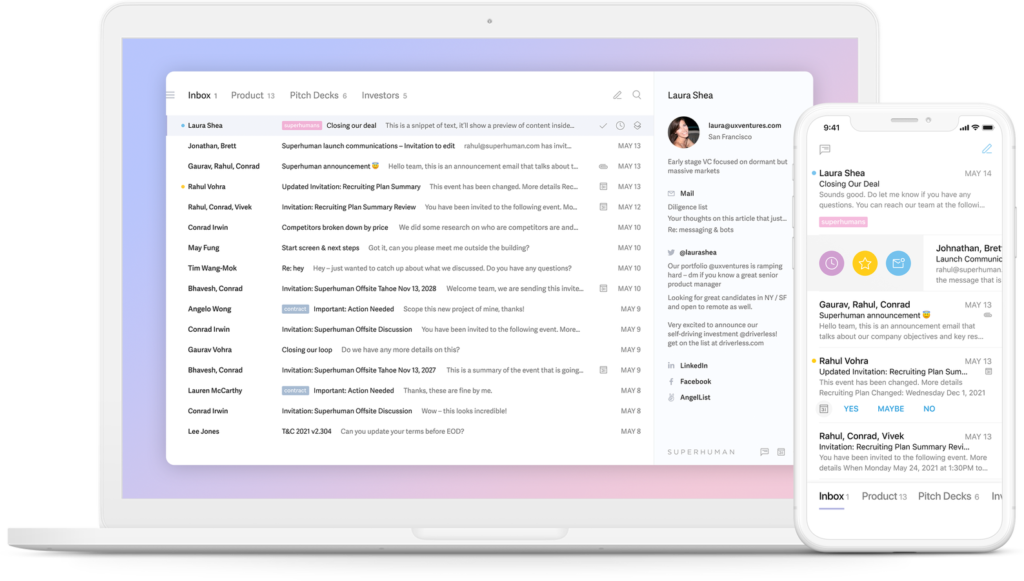
Iterative Design
Rahul and his team designed Superhuman through an iterative process, constantly refining features based on user feedback. They focused on optimizing speed, adding powerful keyboard shortcuts, and making emails load instantaneously. Every decision was rooted in improving user productivity.
Some key features that emerged from this process included:
- Keyboard-First Design: Superhuman allows users to perform almost every action via keyboard shortcuts, reducing the time spent clicking around.
- Split-Second Load Times: The product is engineered to deliver blazing-fast responses, ensuring users never have to wait for emails to load.
- AI-Powered Features: Superhuman integrated AI to predict user behavior, suggest next actions, and filter emails, making the entire process smoother and faster.
Solving the Real Problem: Email Overload
Rahul’s goal with Superhuman was not just to build another email client but to solve the core problem of email overload. Professionals were spending hours in their inboxes, bogged down by emails, and unable to focus on more important tasks. Rahul knew that for his product to stand out, it had to fundamentally change how users interacted with their emails.
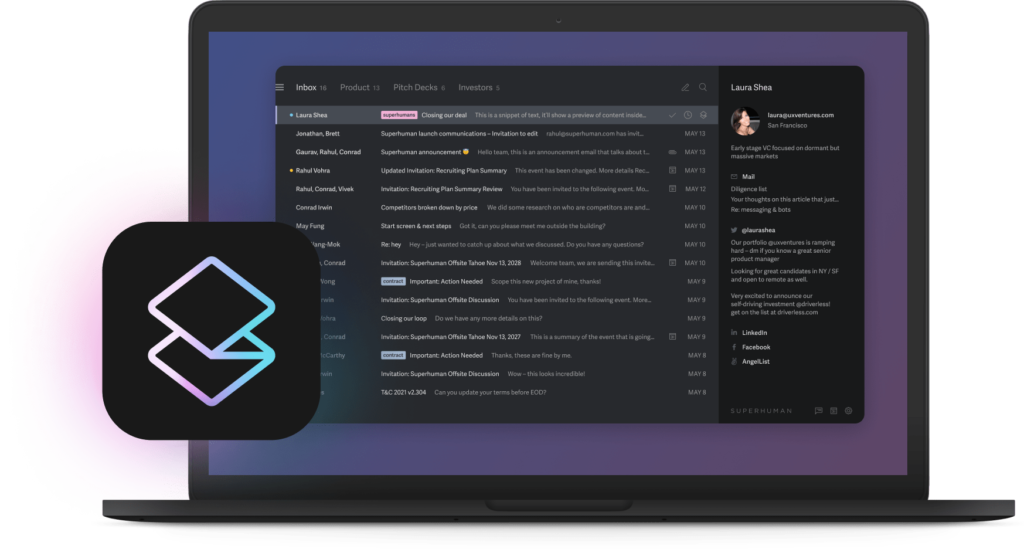
Onboarding Process: A Personal Touch
One-on-One Onboarding Sessions
One of the unique aspects of Superhuman is its onboarding process. Unlike most products that rely on automated tutorials, Superhuman offers a personal, 1-on-1 onboarding session for every new user. This ensures that users understand how to maximize the tool’s potential from day one. These sessions not only help users feel comfortable with the product but also create a lasting bond between the user and the company.

Tailoring the Product for Power Users
Superhuman was designed with power users—high-level professionals who deal with large volumes of email—in mind. These users were willing to pay for a premium service that saved them time. Rahul’s decision to target this specific group allowed Superhuman to stand out in a crowded market and justify its premium pricing ($30 per month).
Growth Strategy: The Power of Exclusivity and Product-Led Growth
Invite-Only Model: Creating Scarcity
Superhuman’s early growth was driven by an invite-only system, which created a sense of exclusivity around the product. By limiting access, Rahul sparked curiosity and demand among professionals who wanted to see what made Superhuman different.
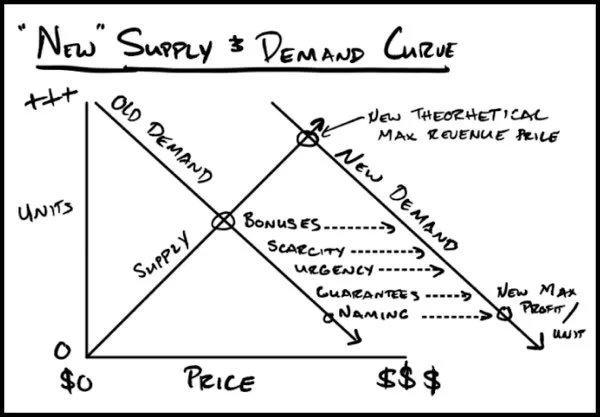
Word-of-Mouth and Referrals
Superhuman relied heavily on word-of-mouth and referrals for growth. Users who experienced its speed and efficiency became its biggest advocates, recommending the product to others in their networks. This organic growth strategy helped Superhuman scale steadily without the need for aggressive marketing.
Product-Led Growth (PLG)
Rahul’s strategy centered around product-led growth (PLG)—a model where the product itself is the primary driver of user acquisition, retention, and expansion. Superhuman’s superior user experience, combined with its ability to solve a real pain point, meant that the product essentially marketed itself. Happy users spread the word, and new users quickly saw the value.
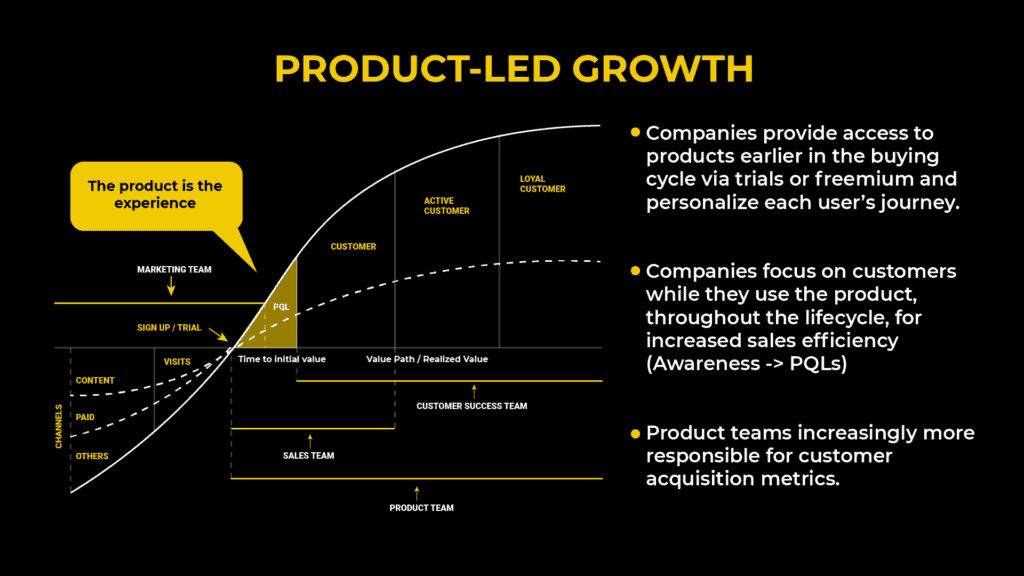
Superhuman’s Core Features: Obsessing Over Speed
Keyboard-First Interface
One of the first things new users notice about Superhuman is its keyboard-first interface. Rahul wanted to eliminate the friction of clicking and navigating through menus, so he designed Superhuman to be fully operable through keyboard shortcuts. This makes email management significantly faster for users who spend hours in their inboxes.
Predictive Features and AI-Powered Suggestions
Superhuman integrates predictive AI features that help users process emails even faster. For example, the system can predict which emails need a quick reply and which ones can be archived, saving users valuable time.
Split-Second Loading Times
A core promise of Superhuman is that it’s the fastest email experience on the planet. Rahul’s team worked tirelessly to ensure that emails load instantly, with split-second responses to every action, whether it’s opening a message, archiving, or composing. This focus on speed allows users to get through their inboxes in record time, drastically improving their productivity.

Scaling to $30 Million ARR
Achieving Sustainable Growth
Rahul’s product-led growth strategy, combined with Superhuman’s premium price point ($30/month), has helped the company achieve $30 million in annual recurring revenue (ARR). Unlike other startups that focus on rapid, often unsustainable scaling, Rahul’s approach has been to grow slowly and steadily, always ensuring that the product continues to deliver exceptional value.
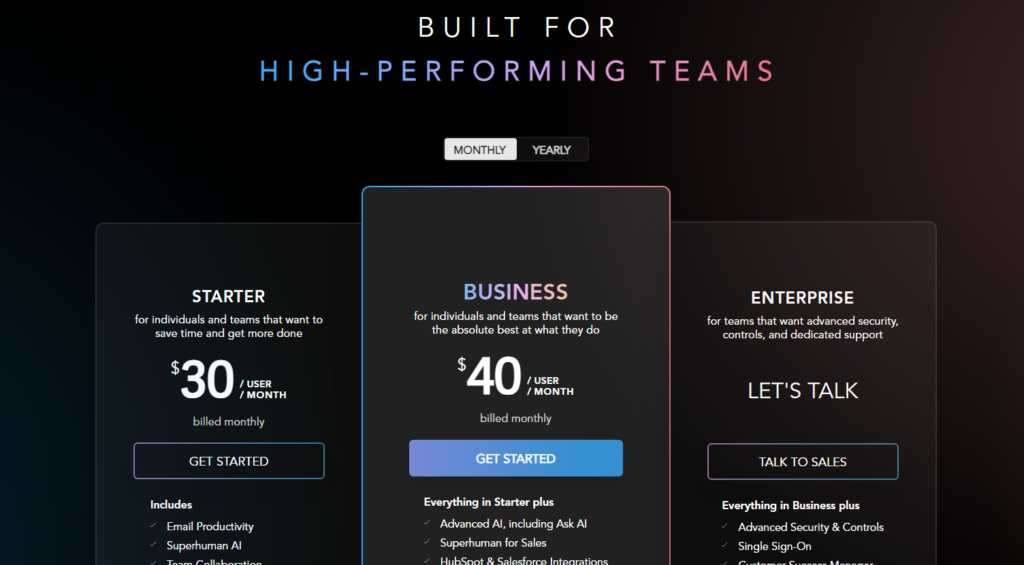
Targeting Power Users
Superhuman has focused on a specific market: power users. These are professionals, often in executive positions, who rely on email for a significant portion of their workday. By solving a real pain point for this demographic, Superhuman has been able to justify its premium pricing and maintain high retention rates.
Looking Ahead: The Future of Superhuman
Expanding Beyond Email
Rahul’s vision for Superhuman extends beyond email. He has hinted at future products that will tackle other areas of productivity, applying the same principles of speed, efficiency, and superior user experience to different aspects of professional work.

A Bright Future
As more professionals turn to tools that help them streamline their workflows, Superhuman is well-positioned for continued growth. With a loyal customer base, strong product-market fit, and a focus on delivering exceptional user experiences, Superhuman is on track to become an essential tool for professionals worldwide.
Key Strategies and Lessons from Rahul Vohra’s Journey
1. Obsession with Product-Market Fit
Rahul’s relentless focus on understanding his users’ needs was key to Superhuman’s success. His 100 interviews approach ensured that Superhuman was built to solve a real, pressing problem. Product-market fit was always the top priority, and Rahul didn’t move forward until he was sure the product addressed the pain points of power users.
2. Focus on Speed and User Experience
Superhuman wasn’t just another email client—it was the fastest email experience available. Rahul and his team engineered every feature to prioritize speed, allowing users to fly through their inboxes in minutes rather than hours. This focus on delivering an exceptional user experience made the product stand out in a crowded market.
3. Personalized Onboarding for Long-Term Retention
Rahul’s decision to invest in 1-on-1 onboarding for each new user was a bold move, but it paid off. By ensuring that users felt confident and empowered from day one, Superhuman was able to achieve high user retention rates, which is critical for a subscription-based business.
4. Exclusivity as a Growth Strategy
The invite-only model created buzz and scarcity, driving demand for Superhuman. By limiting access, Rahul created a sense of exclusivity that made people want to be part of the Superhuman community. This approach also helped maintain product quality, as the team could focus on serving a select group of users first.
5. Advice to Entrepreneurs: Build Something Fundamentally Better
One of the key pieces of advice Rahul received from James Currier was to build something that’s fundamentally better, not just incrementally better. Entrepreneurs should aim to create products that make a massive difference in people’s lives, not just minor improvements.

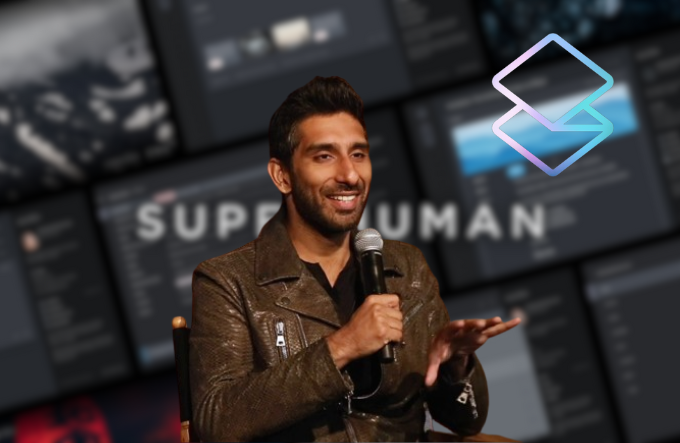
Leave a Reply